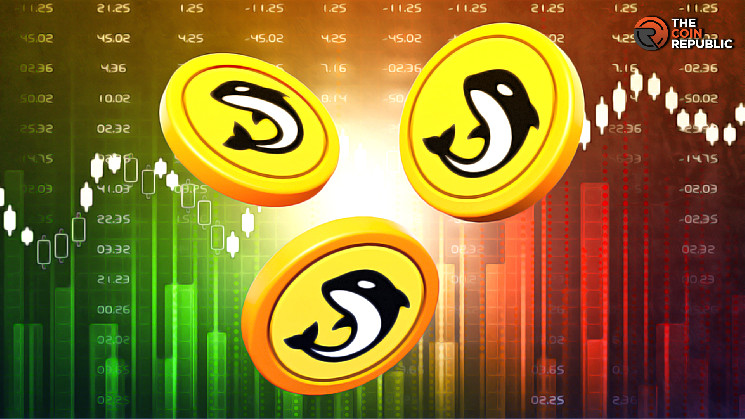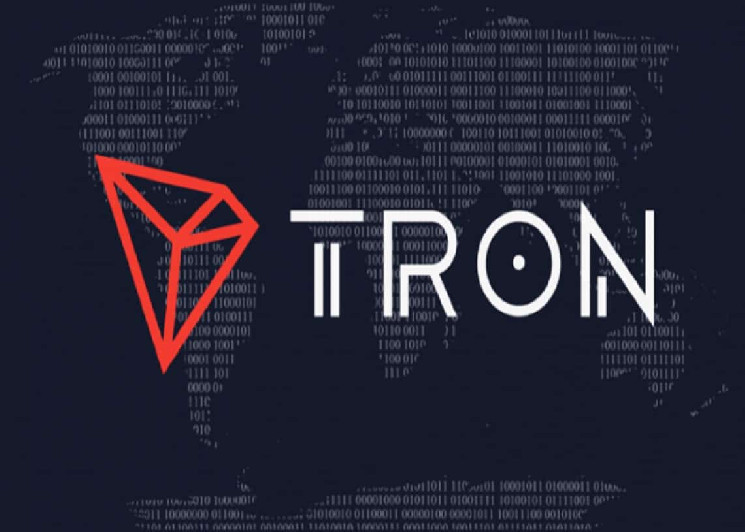Uniswap has recently introduced a new feature aimed at streamlining the user experience on its platform. With this latest web update, users now have the capability to send tokens directly from the interface, simplifying the process of swapping, sending, and managing assets within one centralized location.
This enhancement marks a significant step toward positioning Uniswap as a comprehensive ecosystem for crypto transactions. It also sets the stage for potential future features such as integrated wallet creation, further solidifying Uniswap’s standing as a leading decentralized exchange (DEX).
It’s important to note, however, that the consolidation of these functionalities comes with an increased risk factor. By centralizing various actions, the platform may become more susceptible to malicious activities, prompting the need for users to exercise caution and due diligence.
In other news, the native token of Uniswap, UNI, has exhibited notable volatility in its performance. Currently trading near the $6.20 level, UNI faces resistance at the $6.44 mark, with support levels hovering around $5.98. The token’s ability to break through these resistance levels and maintain upward momentum could signal a bullish trend, potentially testing higher resistance levels in the $7 range. Conversely, a lack of momentum could see UNI stabilize at support levels before any further price action.
It’s essential to recognize that while Uniswap’s latest update has certainly improved usability, the performance of its native token is still largely tied to broader market trends rather than being solely influenced by the platform’s new features.
In conclusion, Uniswap’s latest update represents a step forward in enhancing the user experience and solidifying its position as a leading DEX. However, users must remain mindful of the potential risks associated with the centralization of functionalities. Additionally, the performance of UNI continues to be influenced by general market trends, highlighting the interconnected nature of the crypto industry.









